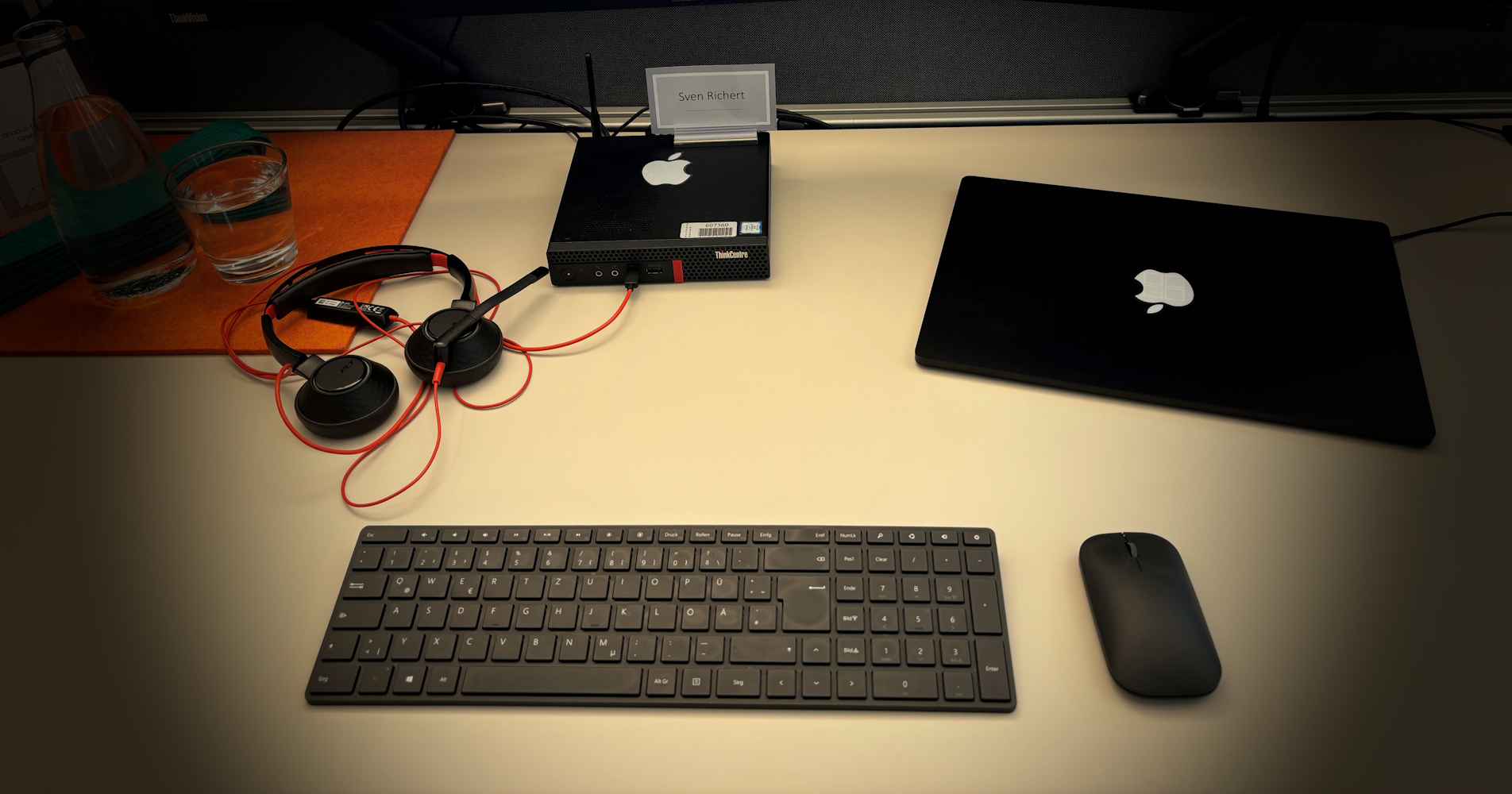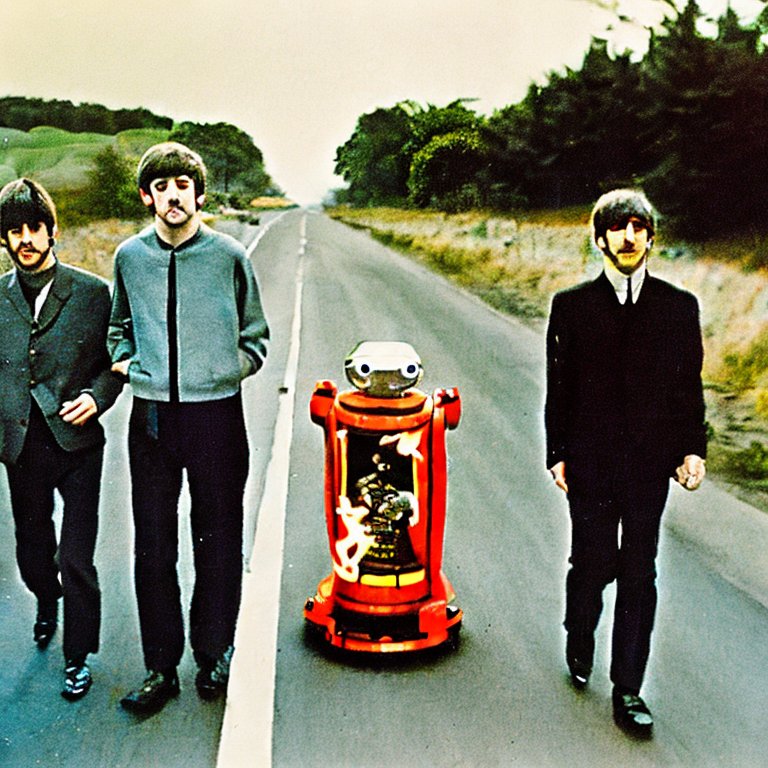One charger to rule them all?
By 2024, a common charger will be mandatory for all new portable electronic devices in the EU, such as mobile phones, tablets, digital cameras or e-readers. The deadline for laptops is 2026, making piling up bundles of cables a thing of the past.
— European Commission’s LinkedIn post
Unfortunately, this is not correct.
The EU has mainly only standardised USB C as a connector, not the cable specification or the charger.
Fortunately, this is now and not in 2011, otherwise we would all have to struggle with Micro USB until the end of time. USB C is indeed the best USB connector so far, but nevertheless, this regulation is well meant but not well done.
Unfortunately, there are many USB-C generations such as
- USB-C 3.2 Gen 1 formerly known as USB-C 3.1 Gen 1 formerly known as USB 3.0,
- USB-C 3.2 Gen 2 formerly known as USB-C 3.1 Gen 2 formerly known as USB 3.1,
- USB-C 3.2 Gen 1×2,
- USB-C 3.2 Gen 2×2,
- USB 4 Gen2×2 and
- USB 4 Gen3×2 as well as the newly added
- USB 4 Version 2.0, which may soon be called USB 4 Gen 4×2
and also
- two Thunderbolt versions (3 and 4),
which all use the same connector.
All are even for experts hard or impossible to distinguish.
I can neither use my iPad USB-C charging cable to successfully connect my MacBook to my 4K monitor, nor use any power adapter to „fast charge“ a Samsung smartphone with fast charging capabilities.
Even though USB-C is much more advanced than any other USB connector, the durability of sockets in devices is always higher when the plug is on the cable (as with lightning) than the other way around.



